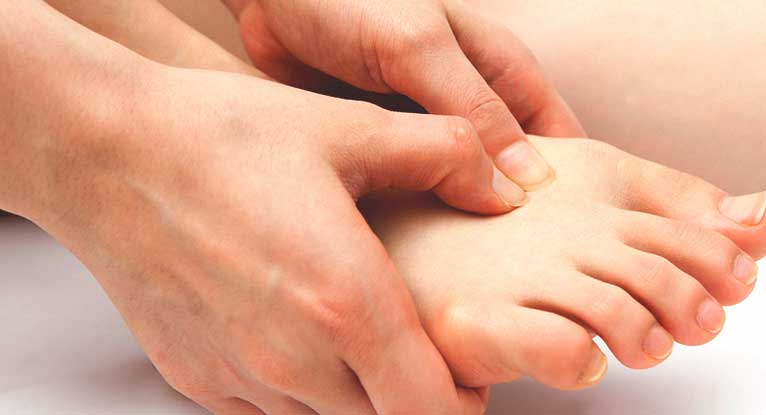
Tendon pain is a very common reason for people to come to see us in the clinic. Classically, everybody thinks about the Achilles tendon, as that is the most famous. But, often shoulder pain is caused by problems with the rotator cuff tendons; tennis and golfers elbow is pain in the forearm tendons, which attach to the elbow; and the patella tendon, which attaches just below the knee, can cause pain, especially in people who do a lot of jumping activities.
So what is a tendon? A tendon is a thick collagenous tissue which connects a muscle to a bone. For example, the Achilles tendon connects the calf muscles to the heel bone. Tendons are placed under a great deal of tension during activities that involve the muscle contracting or resisting a stretching force. This is known as tensile load. Pain in the tendon is normally either in the mid portion of the tendon, or where it attaches to the bone, which is known as the insertion.

Tendons normally become irritated by being overloaded, under loaded or being compressed.
Overload normally happens due to a sudden increase in activity, which puts increased tensile load on the tendon, or repetitive use. For example, Achilles tendon pain can often start when runners/walkers increase their exercising distance or time significantly. Tennis elbow or shoulder tendinopathies are often a result of repetitive use in desk workers or manual workers.
What we mean by underload is when people don’t use a specific muscle group, and the tendon then becomes less efficient at withstanding tensile load and therefore becomes weaker. Normal activity then overloads the tendon and it becomes painful.
Compression or compressive load is the third aggravator. What we mean by this is when a tendon is put into more of a stretch position it compresses against the tissue surrounding this. A common compression problem happens in the hamstring tendon, which attaches to the bottom of the pelvis (see picture). This can be irritated either by prolonged sitting on the tendon or increasing exercise which involves hip flexion such as running or walking up a hill or stairs

So now that you understand what causes pain, here are a few tips of what to do to help avoid or treat a tendon problem.
• Firstly, strengthening is more important than stretching with a tendon. Therefore, doing regular strengthening exercises are key.
• Secondly if you are strengthening specifically for tendon pain, then research suggests that 3 x 15 repetitions, on alternate days is the best exercise prescription. Tendons take 24hr to recover from load, so allow days or rest between exercise.
• Thirdly, if you are planning on increasing exercise, then use the “10% rule”. So if you are increasing time or distance with walking or running, then do it in 10% increments. i.e. 5 miles progresses to 5.5 miles etc. Or if you are doing weights, then a 10% increase in weight or repetitions.
If you are struggling with pain which is potentially coming from a tendon, then come and see one our team, so that they can help you develop a programme to alleviate symptoms and get you back to doing all that you want to do.
Either call us on 01276 37670, email admin@thorpesphysiotherapy.com or book online by clicking here
Many thanks

Jonathan Smith
Specialist Physiotherapist at Thorpes Physiotherapy
